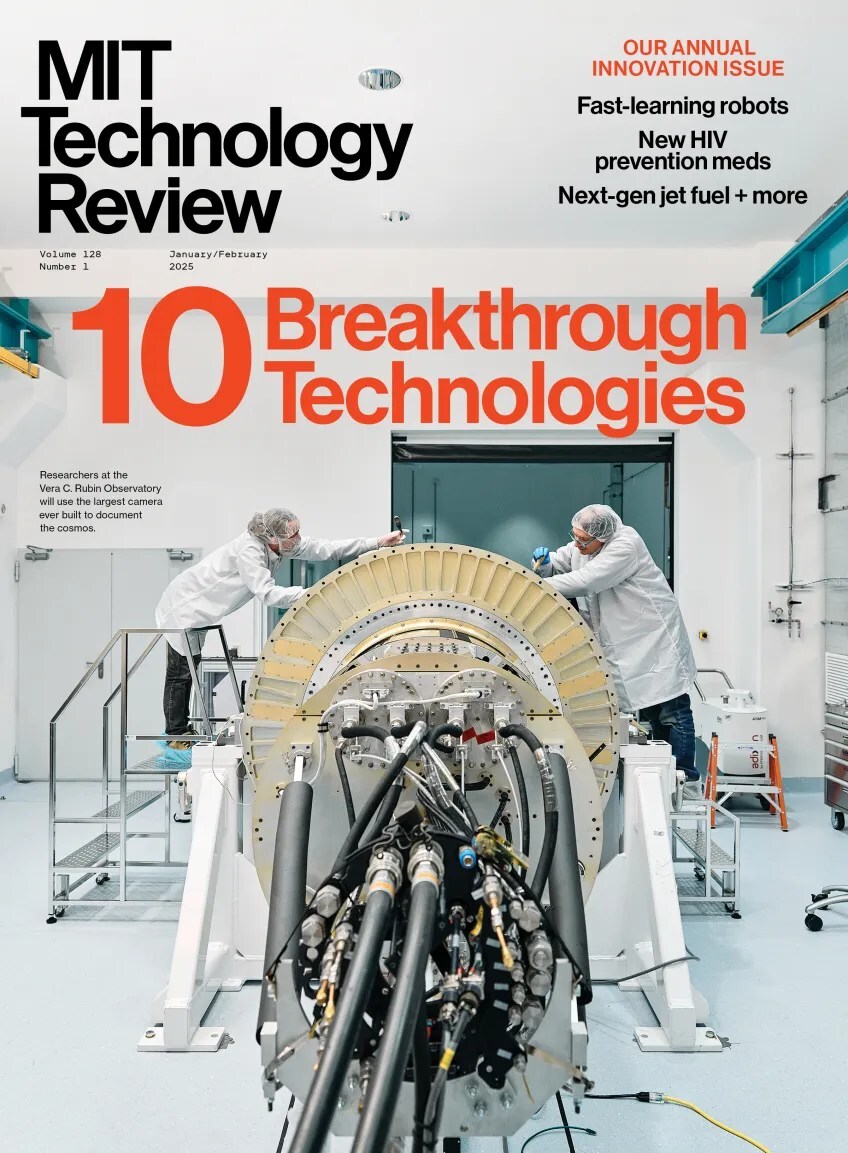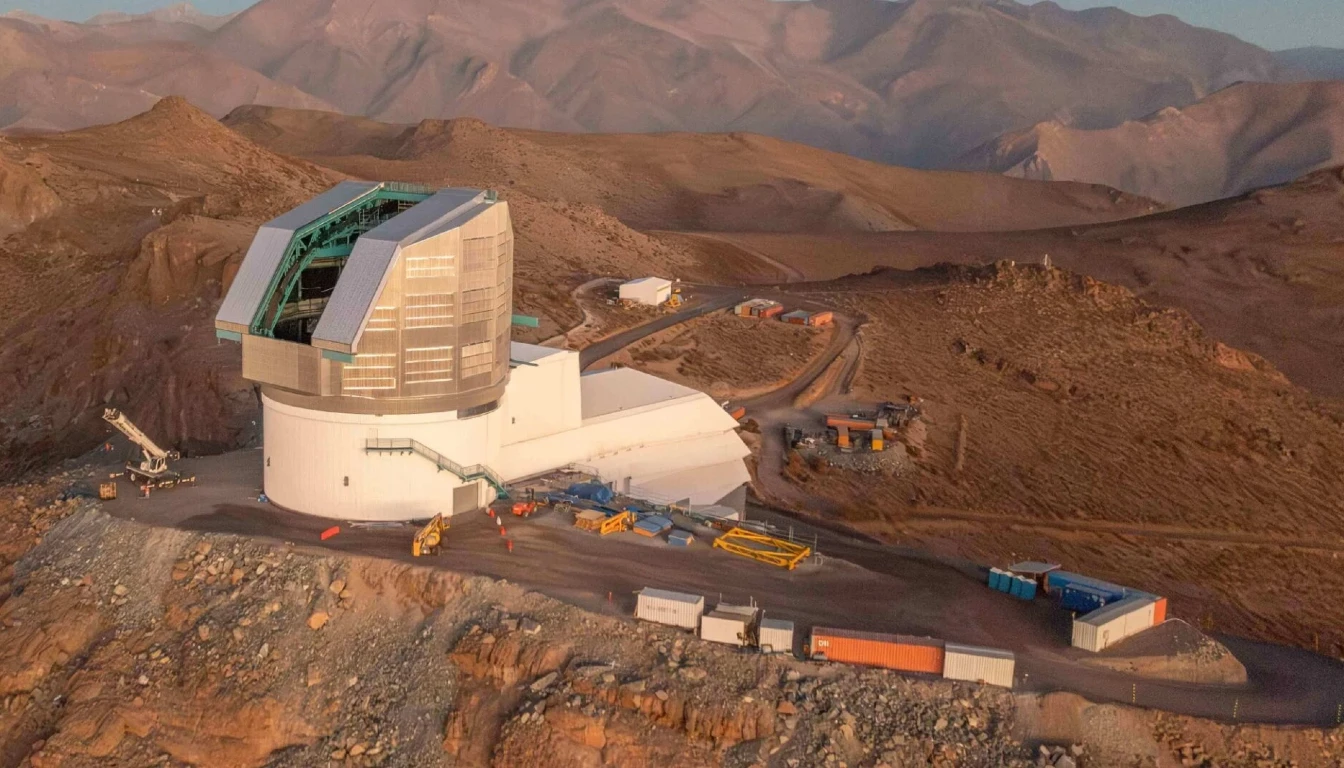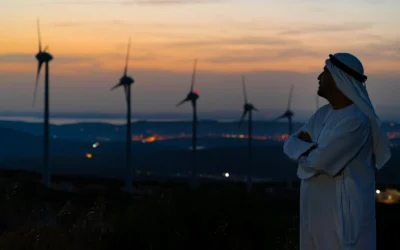MIT Technology Review has unveiled its annual list of the 10 emerging technologies expected to make a significant impact on the world, showcasing innovations that address pressing global challenges and reshape various sectors. This selection, featuring a diverse array of technologies, is anticipated to enhance societal, economic, and daily life.
One of the most notable projects is the Vera C. Rubin Observatory (pictured), located in the Chilean Andes, which aims to create the most extensive map of the universe to date. Equipped with a groundbreaking 3,200-megapixel camera, the observatory’s Legacy Survey of Space and Time (LSST) is poised to revolutionise cosmic understanding, allowing astronomers to investigate dark matter, dark energy, and galactic formation. Starting with an engineering test camera, the observatory has completed preliminary system tests, with its main camera set to be installed in January 2025. Following a six-month commissioning period, the first set of astronomical images is expected to be published by mid-2025.
In the realm of digital innovation, Generative AI Search is rapidly transforming the way we interact with internet search engines. Technologies such as ChatGPT and conversational search engines like Perplexity AI are setting new standards by generating summaries and direct answers to user queries. Major players like Google and Microsoft are integrating generative AI into their search frameworks, emphasising the importance of accuracy and impartiality in the information provided.

Front cover of the Jan / Feb 25 issue.
The introduction of Small Language Models (SLM) marks a significant step towards making artificial intelligence more accessible. These models operate efficiently on resource-constrained devices and are particularly beneficial in customer service and real-time translation applications. Their speed and low energy consumption further enhance their appeal across various sectors, including retail and manufacturing.
Addressing environmental concerns, researchers are exploring remedies for livestock methane emissions, using microbiome editing to significantly reduce greenhouse gas output. Drawing inspiration from red algae, scientists are employing CRISPR genetic editing to modify cattle microbiomes, aiming for a lasting reduction in methane production.
In urban transport, the advent of Robotaxis reflects a paradigm shift towards automated mobility solutions. Companies like Waymo and Tesla are leading the charge in developing autonomous vehicles that operate without human drivers in designated areas. While this technology promises to mitigate accidents and emissions, challenges related to safety, regulation, and employment in driving sectors remain critical issues to be addressed.
The aviation industry is also turning its focus towards sustainability with Cleaner Jet Fuel. Sustainable Aviation Fuel (SAF), sourced from renewables like agricultural waste and cooking oils, has the potential to slash carbon emissions significantly. Although SAF production is currently limited and expensive, industry stakeholders are collaborating to enhance technology and scalability while aiming for net-zero emissions by 2050.
In another significant advancement, Fast Learning Robots are changing the interaction between machines and their surroundings. By employing machine learning algorithms, these robots can adapt and respond more dynamically to new environments, paving the way for applications in healthcare and education.
On the health front, the development of long-acting HIV Prevention Medications, such as Lenacapavir and Cabotegravir, demonstrates substantial progress in the fight against HIV. These injectable treatments reduce the risk of infection and offer a promising alternative to daily prevention strategies.
Finally, the advent of Green Steel production processes seeks to transform the steel industry by utilising green hydrogen instead of fossil fuels, thereby drastically reducing carbon emissions. While this approach shows potential for resource efficiency and sustainability, it also faces challenges related to technological investment and infrastructure development.




